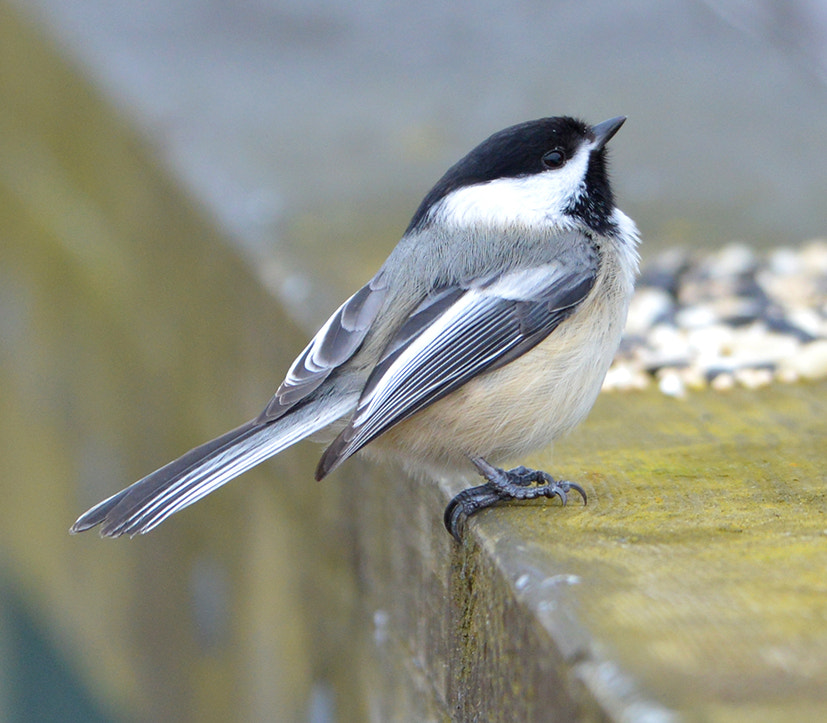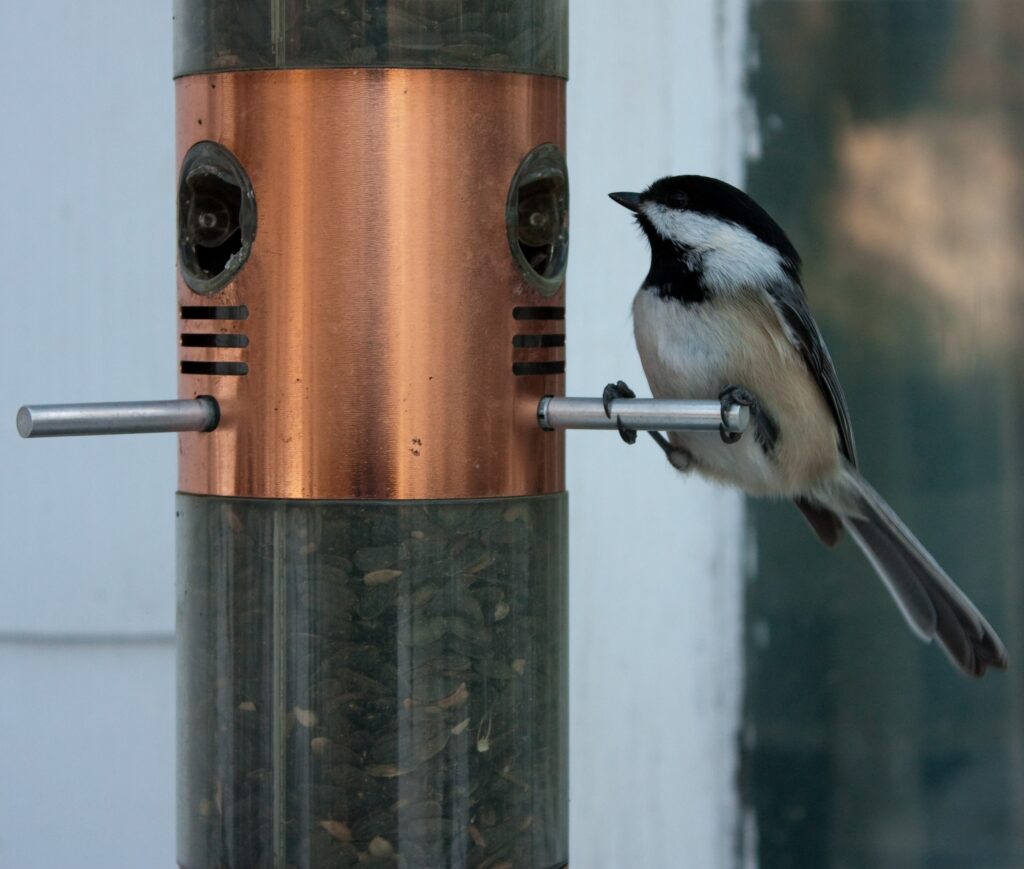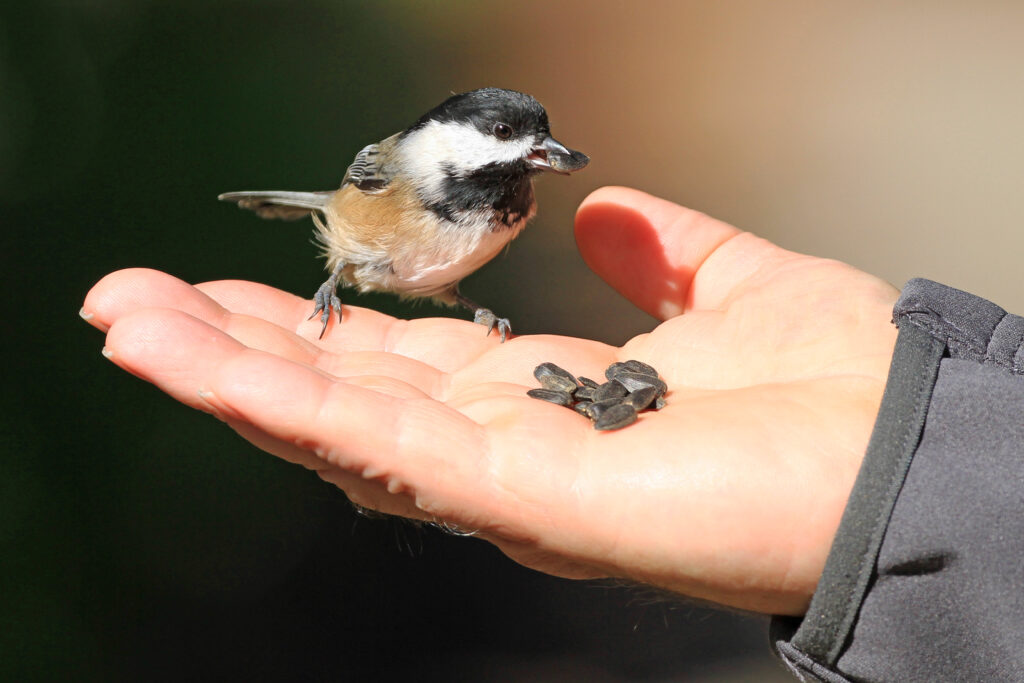The delightful and charming chickadee is one of the most easily recognized birds to visit our backyards. Named for their melodious “chick-a-dee-dee-dee” call, they are a veritable festival of sight and sound.

Image by Jocelyn Anderson – CC BY 3.0, https://commons.wikimedia.org/w/index.php?curid=71470092
Geographically, chickadees are spread across many different habitats, ranging from the northern reaches of Alaska to the southern expanse of the United States. Their adaptability allows them to thrive in various environments, from deciduous and coniferous forests to urban and suburban areas. Birdwatchers often find them in wooded regions with a mix of trees, where they forage for food and build their nests.
Mating, nesting, and rearing habits of chickadees are fascinating aspects of their lifecycle. Typically monogamous, these birds form pairs during the breeding season. Nest construction, usually in tree cavities or birdhouses, involves the use of moss, fur, and plant fibers, creating a snug environment for their offspring. Chickadees exhibit cooperative breeding, where older siblings often assist in caring for younger ones—a behavior observed in only a few bird species.
Migration patterns of chickadees vary among species. While some, like the Black-capped Chickadee, endure the winter in their breeding territories, others, such as the Mountain Chickadee, migrate to lower elevations during colder months. This adaptability contributes to their year-round presence in diverse ecosystems.
Chickadees exhibit eclectic dining habits. As both insectivores and seed-eaters, they’ll chow down on mosquitoes, flies, seeds of various shapes and size, as well as berries and small fruits. Their ability to cache food, storing it for later consumption, is a remarkable survival strategy during harsh winter months when food sources may be scarce.

For birdwatchers eager to spot chickadees, environments with a mix of deciduous and coniferous trees are ideal. Parks, wooded areas, and backyard bird feeders attract these lively creatures, offering birdwatchers ample opportunities to observe their behavior.

Image by Judy Gallagher CC BY 2.0,
https://commons.wikimedia.org/w/index.php?curid=124021552
So there you have it. The chickadee’s delightful behavior, cooperative breeding habits, and unique vocalizations make them a special joy for birdwatchers everywhere. I hope that knowing a little more about them makes us appreciate these little gems even more.
By Steven Roberts


